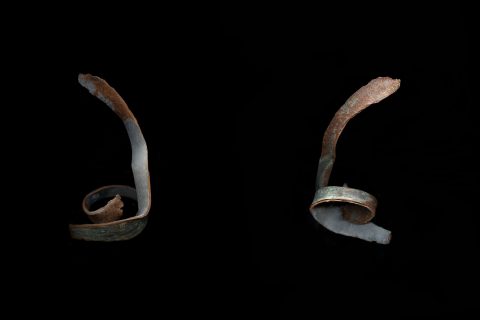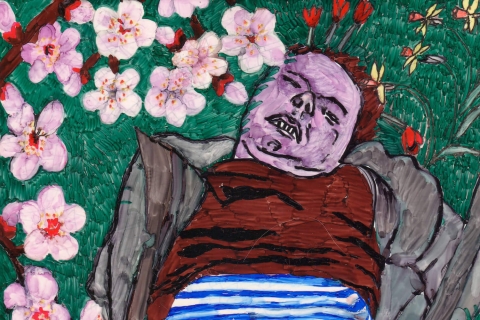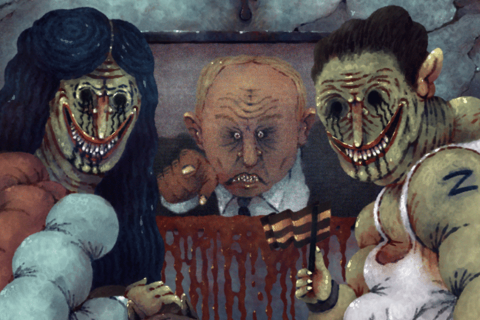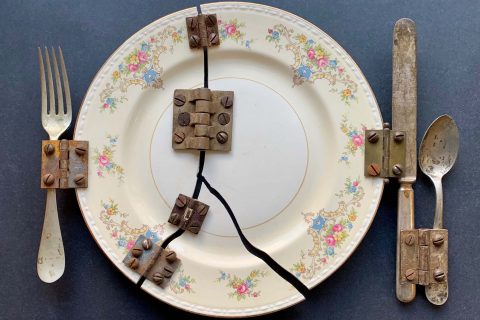
Let It Burn: Fireplaces That Tell Stories Instead of Russian Gas in Yulia Beliaeva’s Project

Ukrainian artist. Works with ceramics, installations, and photographs. Her works are parts of private collections in Denmark, France, and Ukraine.
— We left Kyiv after the Russians bombed the industrial area nearby and a missile hit an apartment block in our district. We went to my mother’s place in central Ukraine. But even the place where I had been born felt unsafe. So when Ukrainian gallerist and founder of Sabsay Gallery Masha Farskow invited us, my son and I went to Copenhagen. It took us two weeks to get there. We spent five days in a Romanian village in the administrative building. I will never forget the volunteers who helped us then.
We spent a week in Copenhagen, and in the meantime, Masha helped me find a residence in Austria, OÖ Landes-Kultur. By invitation from Alfred Weidinger, the director of the Austria-based OÖ Landes-Kultur GmbH museum family, we went to Linz. My residence here will end with an exhibition in 2023.
The partner of this residence is Europe’s oldest factory, Gmunder Keramik, which has a long history of fireplace manufacturing. Fireplaces were once omnipresent in Europe. That’s where they came from to our lands. And I have been dreaming of working with a ceramic fireplace for a long time.
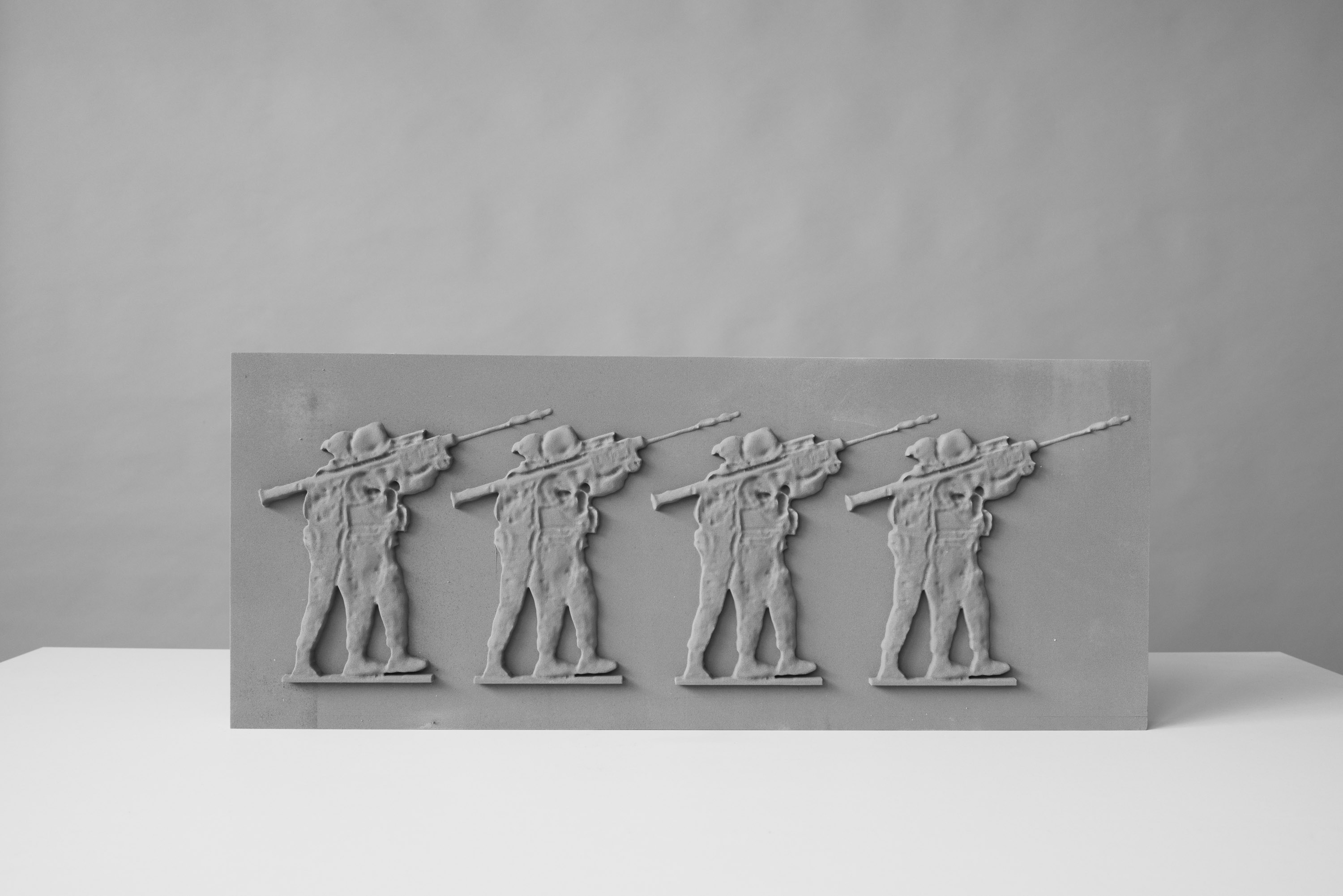
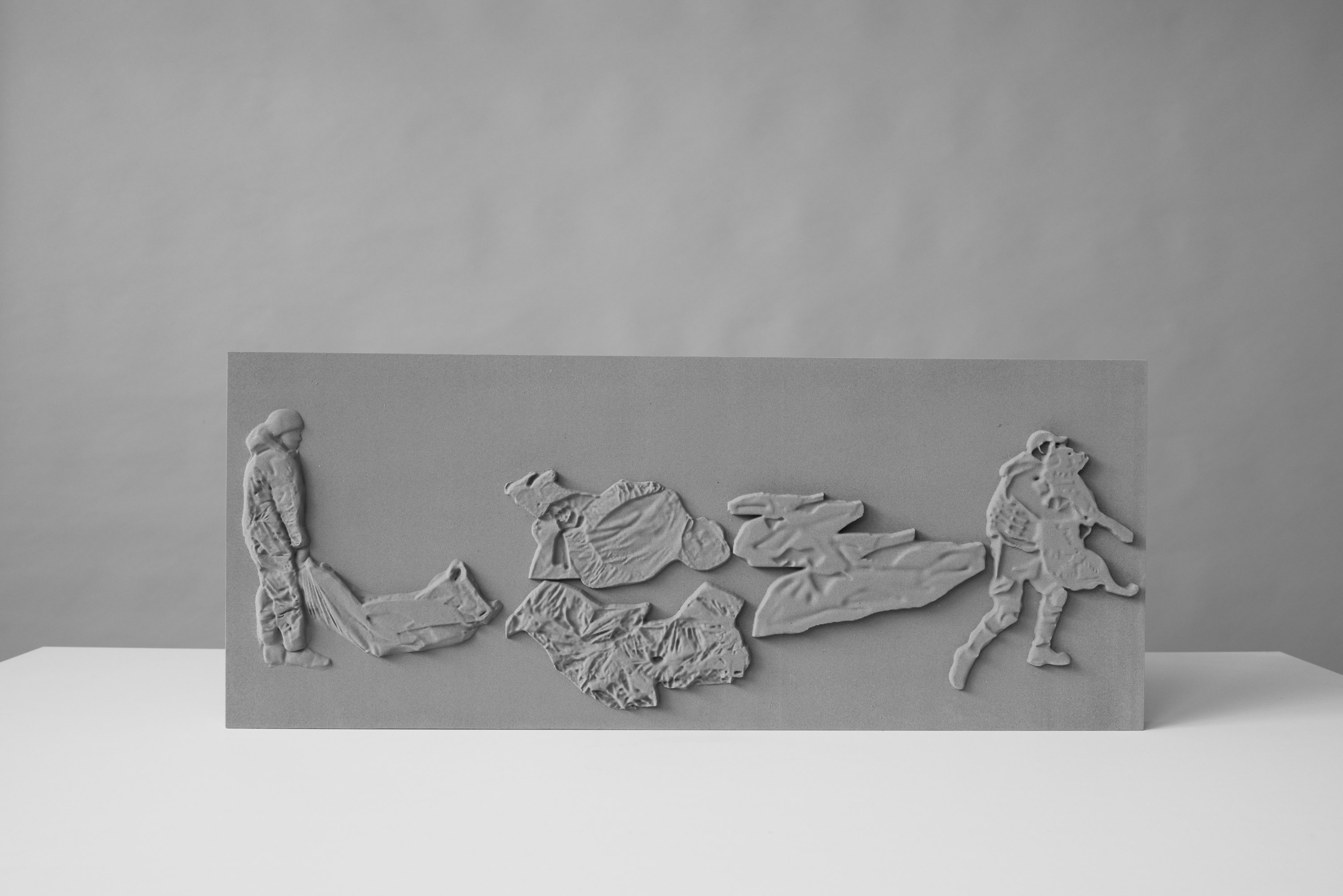
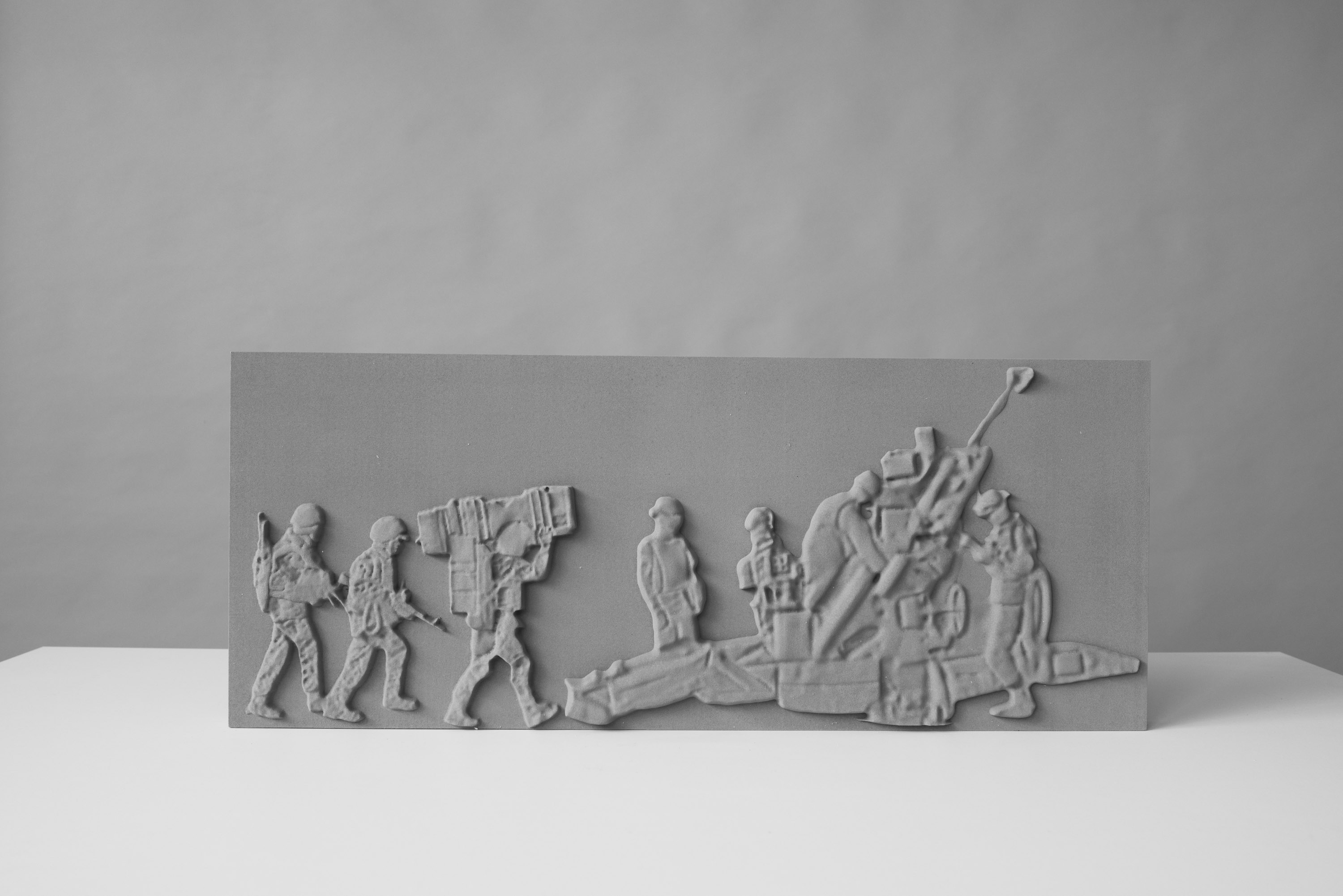
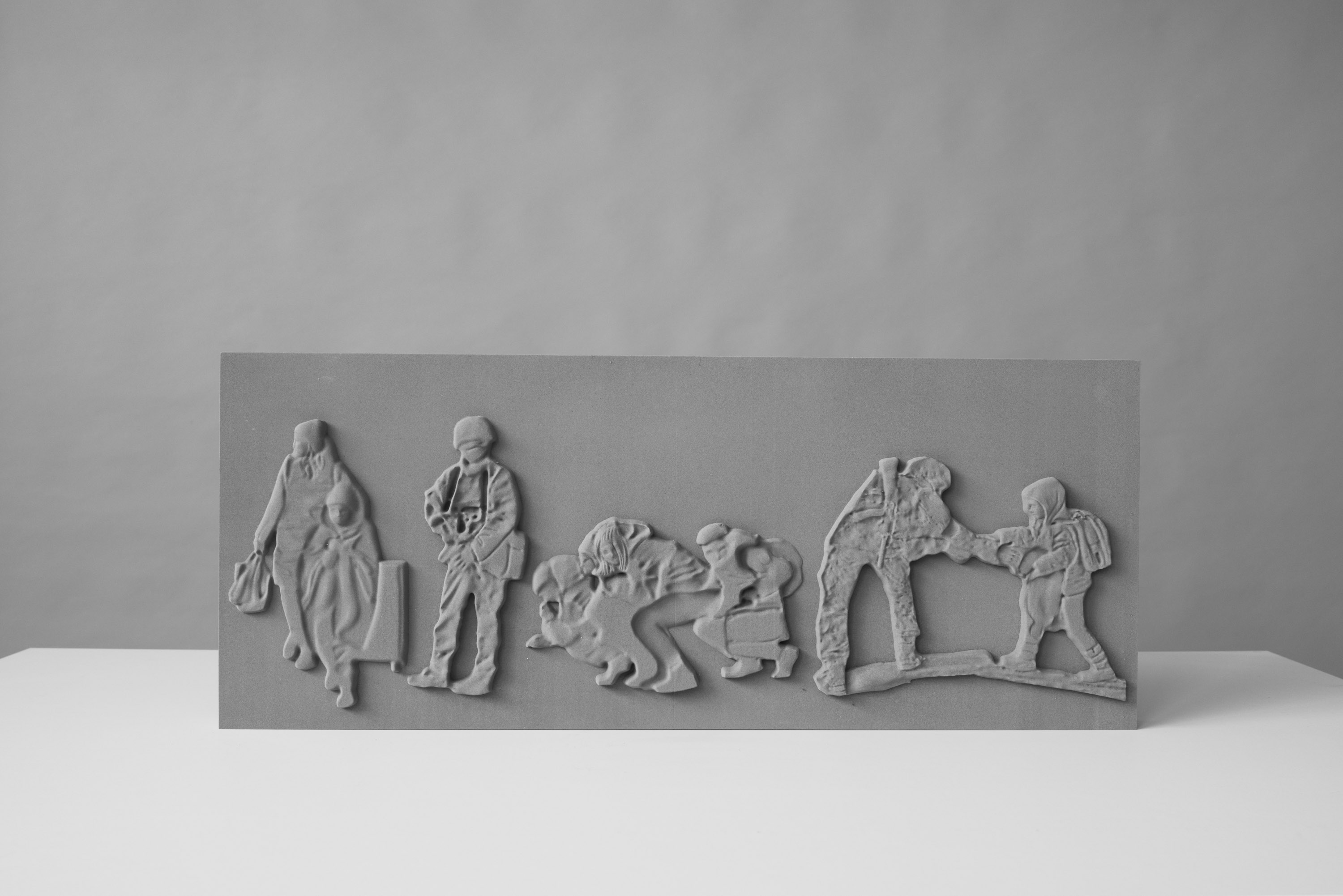
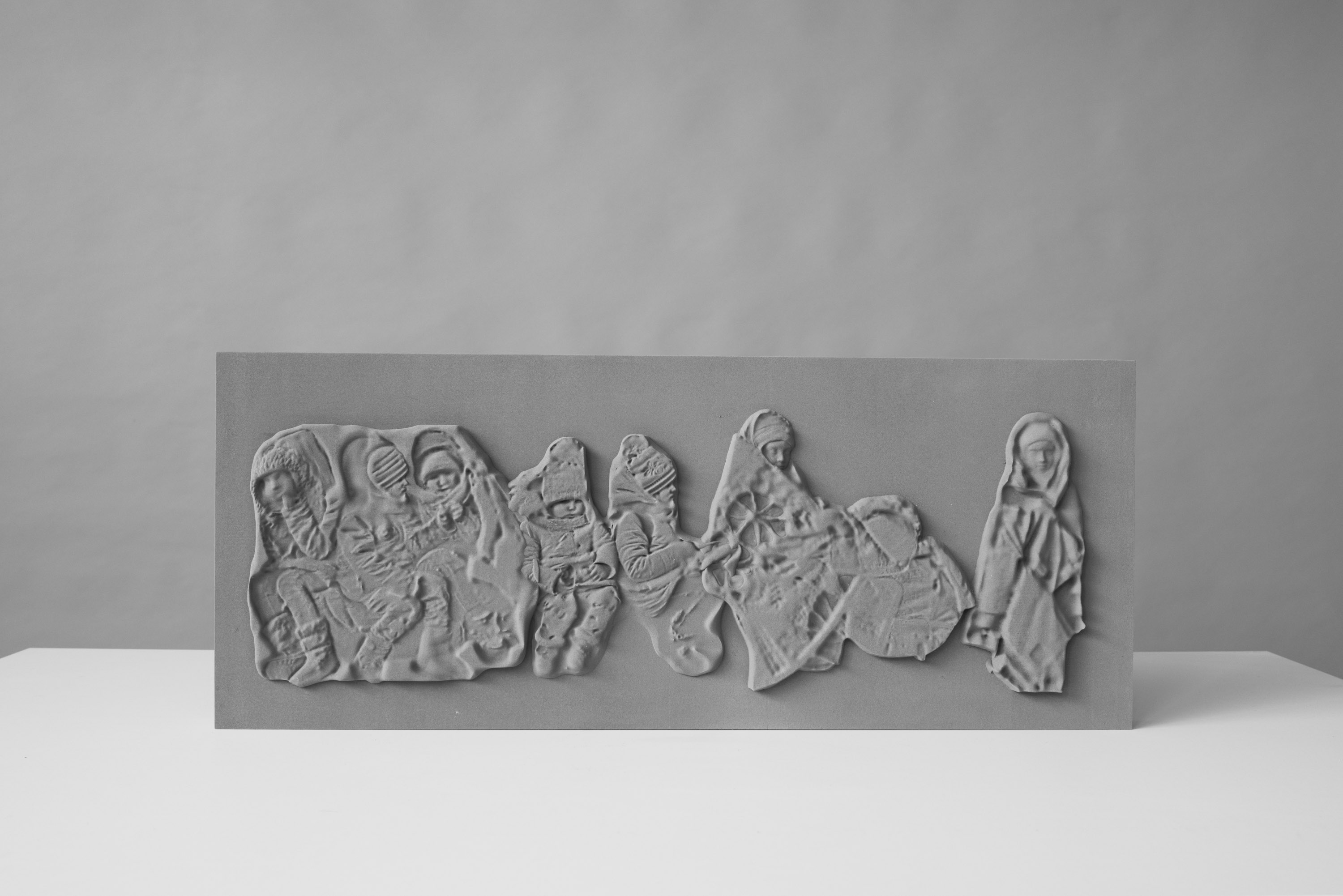
When I asked around, I realized that the locals who live in detached homes are more than willing to consider using fireplaces again to reduce gas consumption. So my work will not throw shade on anyone but rather provide an alternative. The European context is where this idea works the best. Europe is truly worrying about the coming heating season.
My work will not throw shade on anyone but rather provide an alternative.
At the same time, the project combines wellbeing and comfort embodied in a ceramic-tile fireplace with the ruin and sorrow that permeated my country. Some bas-reliefs draw from screenshots from the video addresses or collages of various fragments of photos and videos. Their subjects encompass the events of this war that mostly took place this spring and early summer: migration, the shock at what the world saw in liberated Bucha, the address by the Azov battalion, military aid, explosions, and demonstrations all over the world.
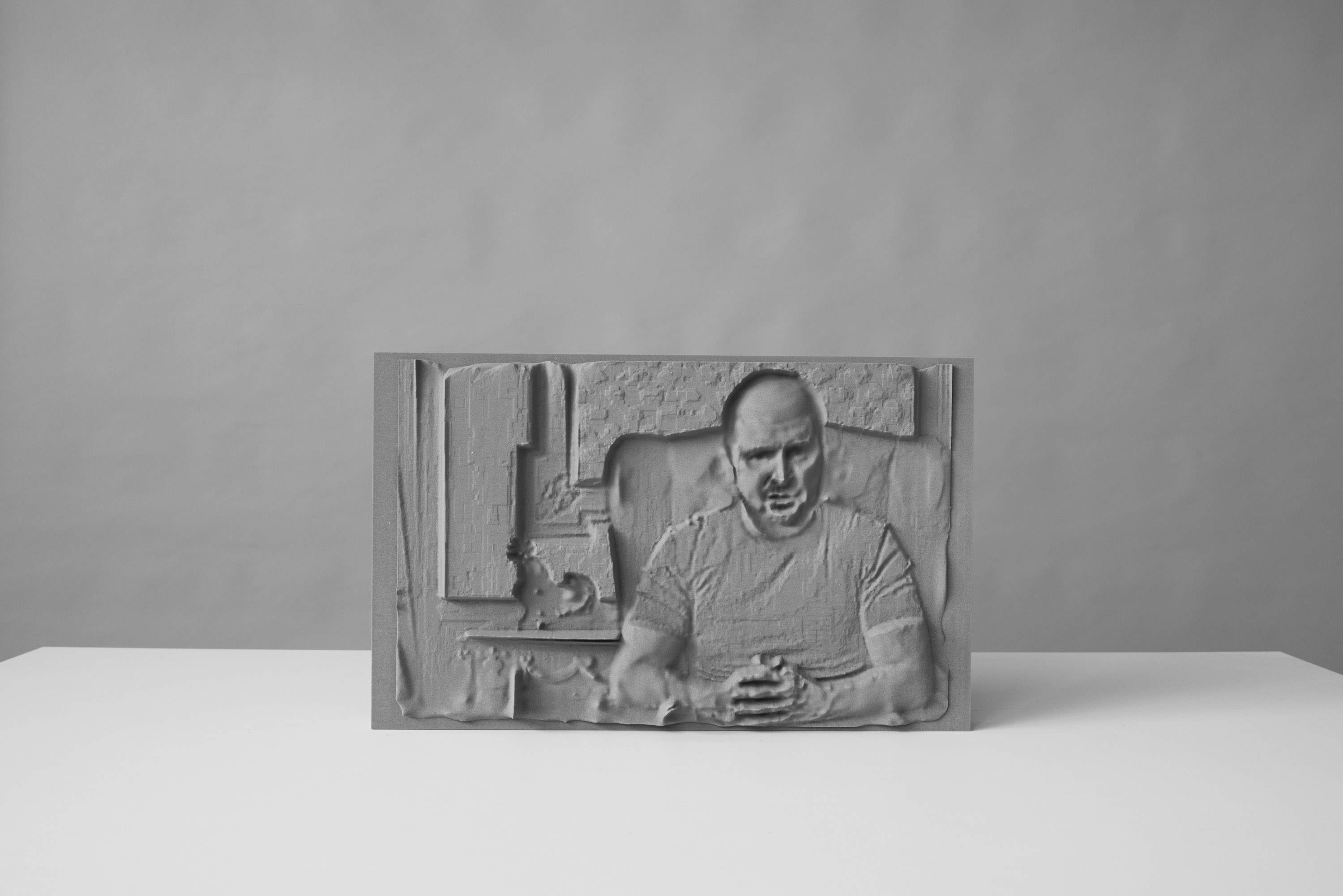
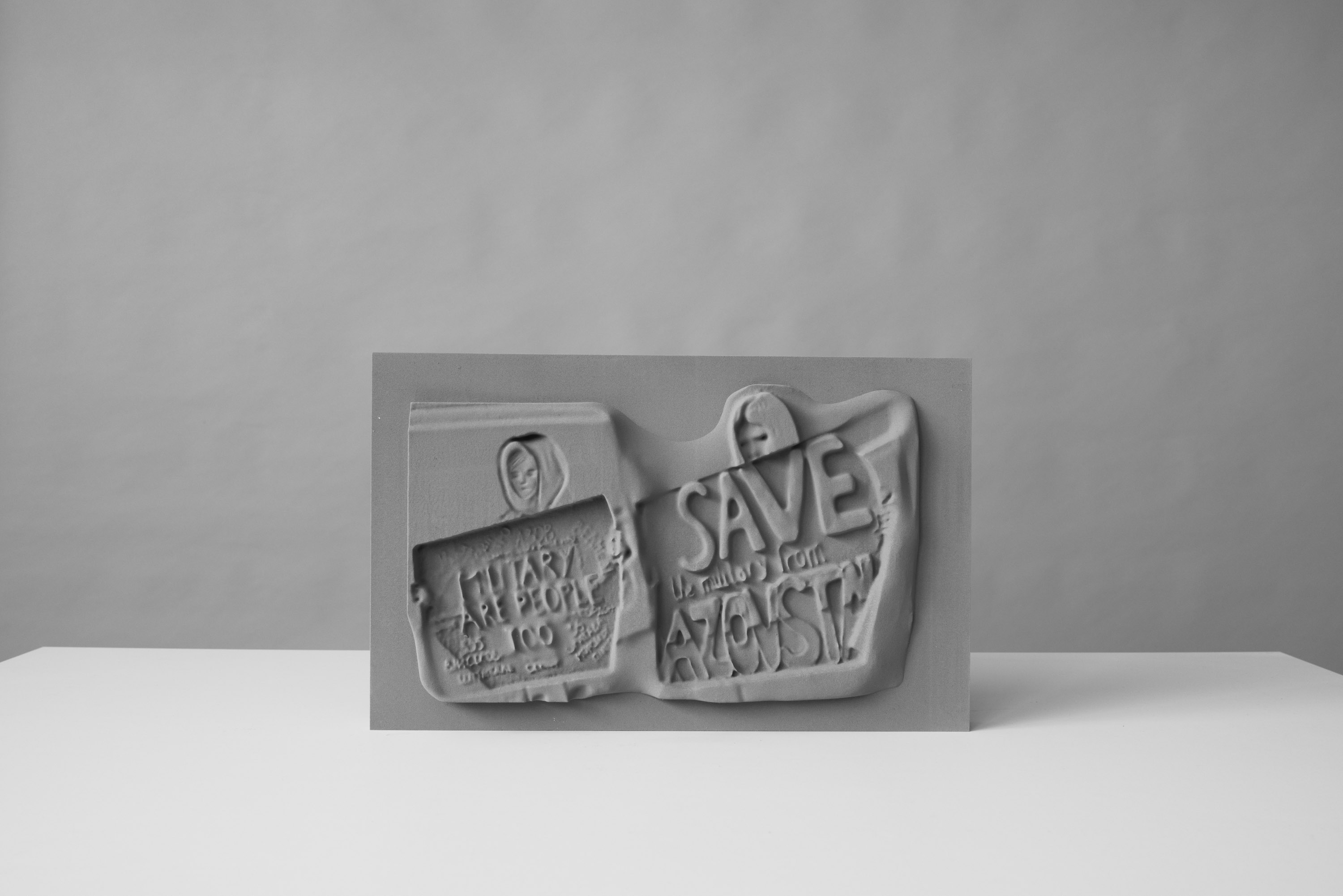
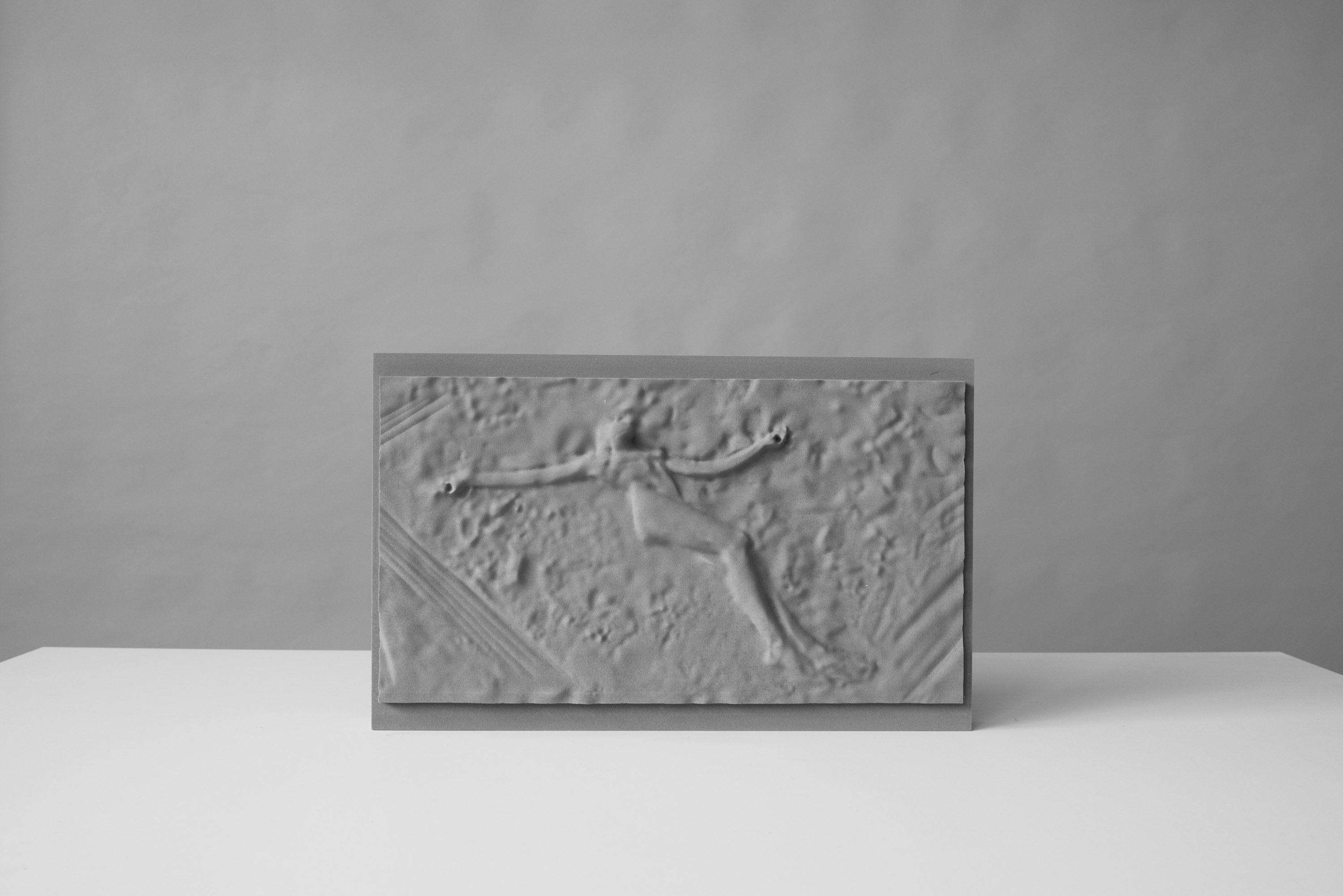
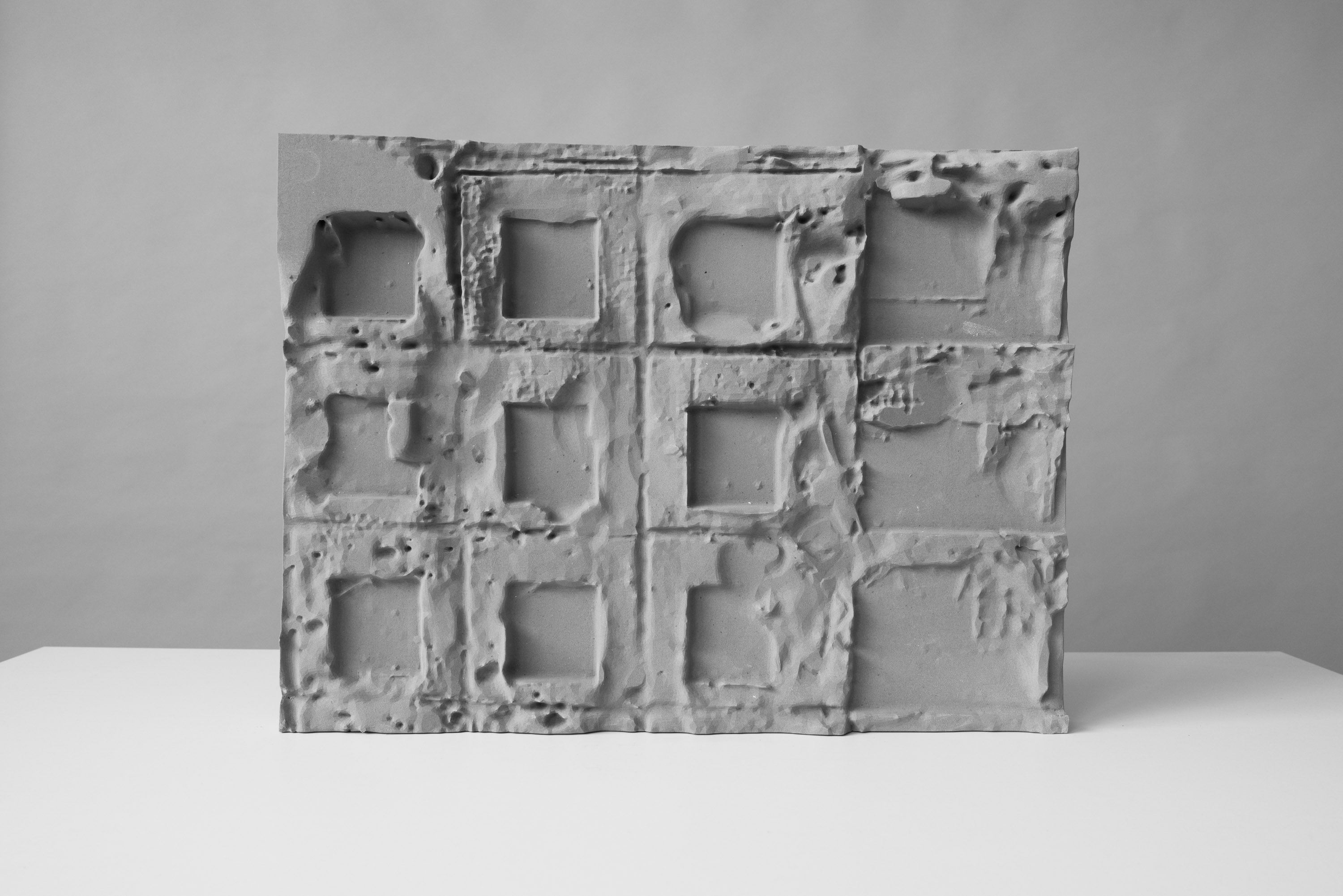
Every Ukrainian consumes the news every day. Our days start with scrolling through Telegram channels, and our evenings end with the president’s addresses. This war is the first ‘digital’ war ever. My bas-reliefs are an attempt to preserve at least something from this flow of information.
This war is the first “digital” war ever.
A ceramic fireplace has a lot in common with standalone structures, which makes it similar to a high-rise. My goal was not to show unique architecture. Such buildings can be found in any Ukrainian city. I recently watched a video of the Saltivka district in Kharkiv. One of my fireplaces will look like a typical Soviet-era apartment block in a residential area. You know, your average houses in which ordinary Ukrainians live.
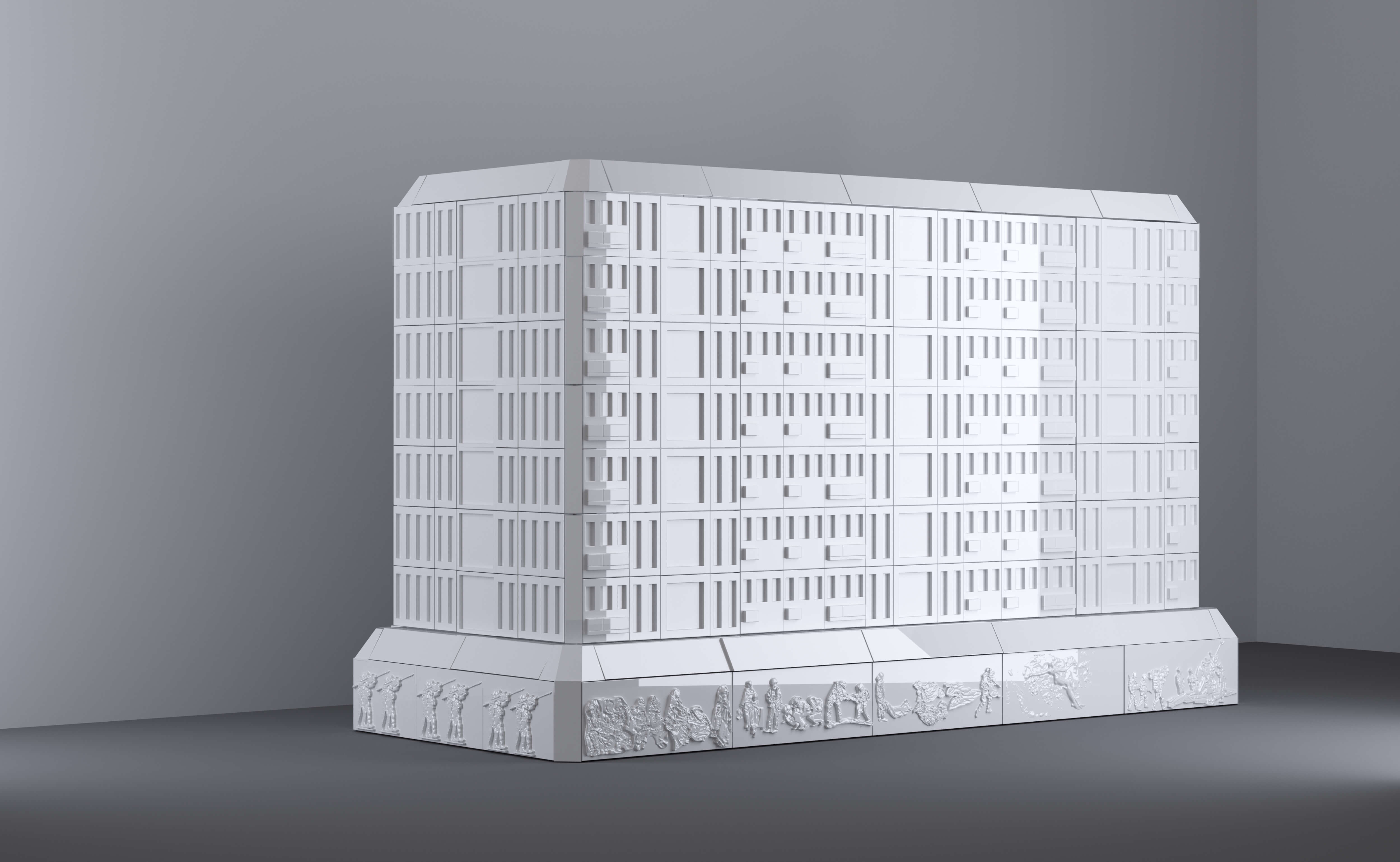
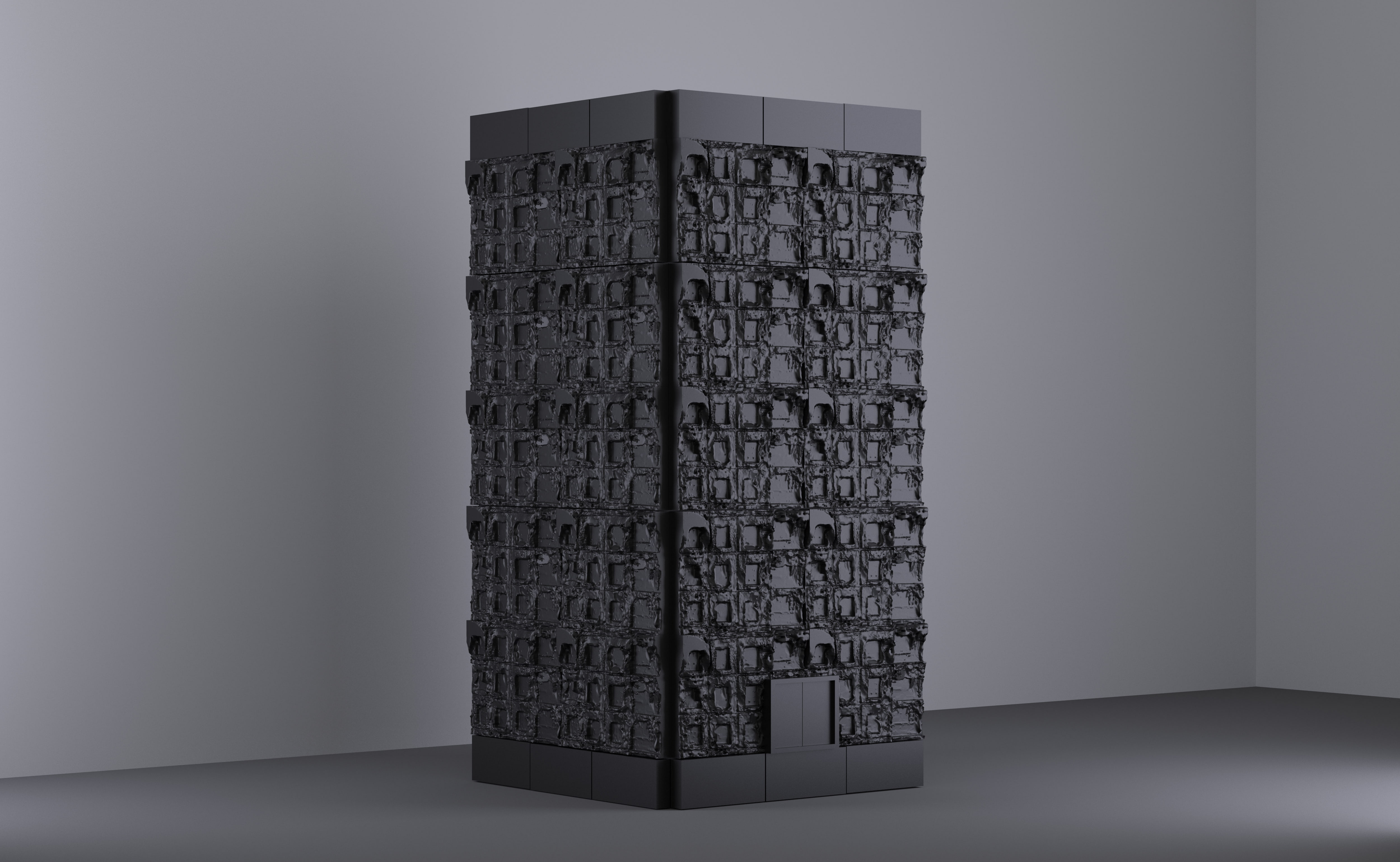
3D visualization of fireplaces
Photos: Michael Marich
New and best
